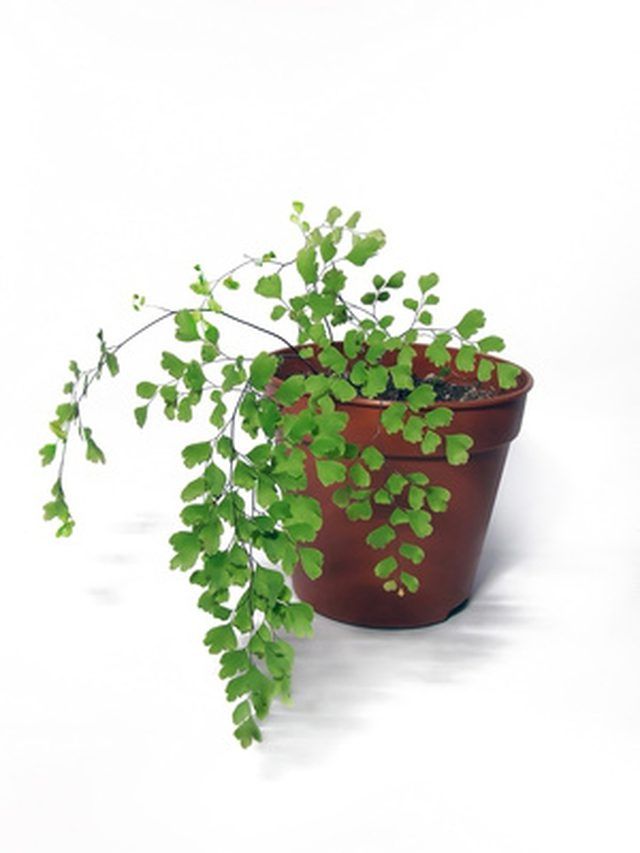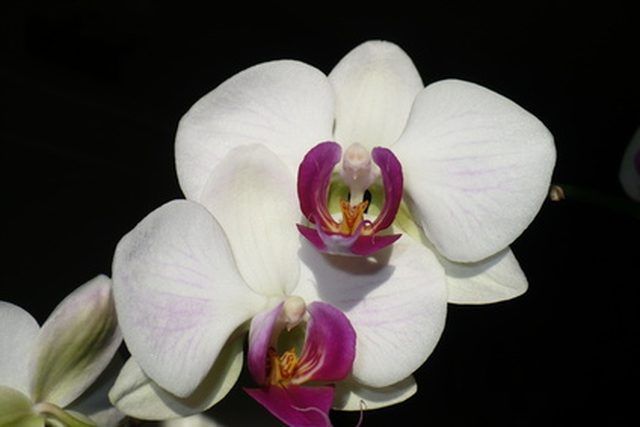Bulbs
Flower Basics
Flower Beds & Specialty Gardens
Flower Garden
Garden Furniture
Garden Gnomes
Garden Seeds
Garden Sheds
Garden Statues
Garden Tools & Supplies
Gardening Basics
Green & Organic
Groundcovers & Vines
Growing Annuals
Growing Basil
Growing Beans
Growing Berries
Growing Blueberries
Growing Cactus
Growing Corn
Growing Cotton
Growing Edibles
Growing Flowers
Growing Garlic
Growing Grapes
Growing Grass
Growing Herbs
Growing Jasmine
Growing Mint
Growing Mushrooms
Orchids
Growing Peanuts
Growing Perennials
Growing Plants
Growing Rosemary
Growing Roses
Growing Strawberries
Growing Sunflowers
Growing Thyme
Growing Tomatoes
Growing Tulips
Growing Vegetables
Herb Basics
Herb Garden
Indoor Growing
Landscaping Basics
Landscaping Patios
Landscaping Plants
Landscaping Shrubs
Landscaping Trees
Landscaping Walks & Pathways
Lawn Basics
Lawn Maintenance
Lawn Mowers
Lawn Ornaments
Lawn Planting
Lawn Tools
Outdoor Growing
Overall Landscape Planning
Pests, Weeds & Problems
Plant Basics
Rock Garden
Rose Garden
Shrubs
Soil
Specialty Gardens
Trees
Vegetable Garden
Yard Maintenance
Indoor Gardening for Beginners
Indoor Gardening for Beginners. For the beginner, indoor gardening can yield year-round plants if the gardener is equipped with the right tools and information. Depending upon your climate, most of the outdoor gardening season lasts through the spring and summer. By gardening indoors, plants can grow all year without worry of temperature changes or...

For the beginner, indoor gardening can yield year-round plants if the gardener is equipped with the right tools and information. Depending upon your climate, most of the outdoor gardening season lasts through the spring and summer. By gardening indoors, plants can grow all year without worry of temperature changes or harsh conditions. Indoor gardening requires less of a financial and time commitment, and allows beginner gardeners to ease into the hobby.
Indoor Gardening Supplies
Indoor gardens require a light source, fertilizer and distilled water. The light source can be artificial or a sunny location within your house. Use a quality, nutrient-rich potting soil in your container. Plants will need a container that allows room for growth, or they'll need to be moved to something larger if roots begin to overlap. Overlapping roots hinder a plant's growth.
Lighting for Indoor Plants
An optimum place for most indoor plants is one with indirect sunlight. Though some plants thrive in full sun, many will burn with too much light. If you lack a natural light source, you'll need to use artificial light. Rooms with white walls help reflect light to plants. Fluorescent lighting can be used, but many indoor gardeners rely on high-intensity discharge, or HID, lights hanging above plants.
Water and Temperature
One of the main problems for indoor plants is overwatering, which can lead to root rot. Only water plants when the soil is no longer moist, which may be every few days. Water only until the soil becomes moist. Use distilled water, at room temperature, for plants. Cold tap water can shock plants.
Keep plants at temperatures of 65 to 75 degrees Fahrenheit, with the temperature decreasing by 10 to 15 degrees at night. If the air becomes too dry in the winter, a humidifier maintains humidity.
Fertilizer and Natural Pesticides
Most potting soil contains enough nutrients to feed a plant for 10 to 12 weeks, according to PlantCare.com. After about three months, use natural fertilizers. Check thoroughly for insects such as aphids and spider mites. These insects cause problems if they spread to other indoor plants. Use natural pesticides such as dish soap, alcohol and hot peppers.
Flowers, Foliage and Herbs
There are many varieties of indoor plants--flowering plants, foliage, palms andferns. African violets and orchids are two popular houseplants. Indoor herb gardens are easy to maintain and provide flavorful additions to cooking.

Possible Problems with Indoor Plants
If the edges of the plant's leaves are brown and dried, the plant may be getting too much heat and not enough humidity. If spots appear on the leaves, this may be a symptom of overwatering, watering with cold water or too much direct sunlight. If your plant doesn't produce flowers, it may be getting too much fertilizer not enough water and light.